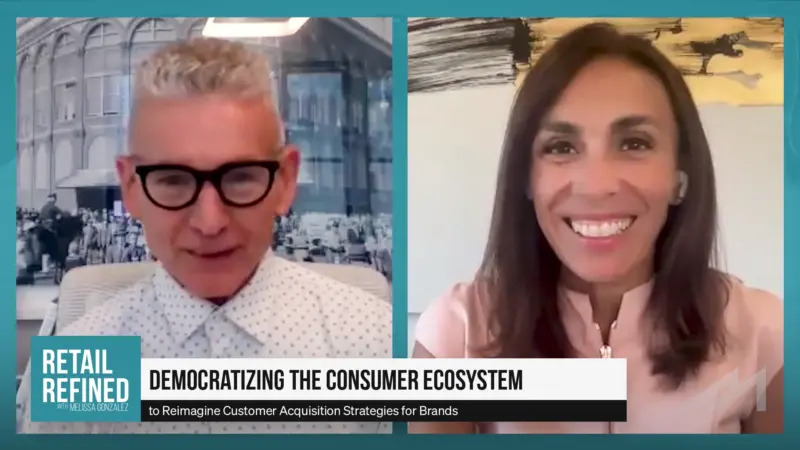What is Stopping Voice Shopping From Reaching It’s Full Potential?
It does not take a data scientist or Amazon insider to recognize the power of Alexa and Google Home being in millions of American homes. Yet, as the preeminent example of voice shopping technology, success in conversational shopping with Alexa is anticipated to be the jumping-off point for growth in the larger trend.[1] This situation is nott all that unfamiliar. Conversational shopping today holds much the same position that online shopping did a decade or so ago. But unlike online shopping, it is not immediately obvious how retailers other than Amazon and Google can join in on this potential second shopping revolution.
Analysts predict the voice shopping market to boom to more than $4 billion by 2020.[2] Amazon is uniquely positioned to scoop up the majority of that revenue, with presence in more than 10 percent of American homes. While Google and Microsoft scramble to catch up and Apple struggles to launch a device of its own, Amazon has all but taken total control of this market.
The “Amazon Choice” label has been shown to boost sales of the labelled products by 30 percent, while removing it leads to a similar drop in sales. Further, data shows that most customers are purchasing low-value items in primarily the grocery, entertainment, and electronics sector. The reason? Without an easy way to comparison shop via voice, most conversational shoppers want either a low-risk purchase or a product of guaranteed quality like a trusted smartphone brand. Data reveals that customers often use voice to add an item to their cart but save checkout for later, when they can examine and compare prices.[3] This habit is one traditional retailers should take note of.
The first steps retailers are taking to capitalize on this trend is simple: make friends with the big players. Already dozens of brands are lining up behind either Amazon or Google, on whose platform they receive highlights, special voice deals, and exclusive offers.[4] The primary challenges facing retailers are breaking past the lack of trust customers have in a personalized recommendation from their smart speaker. Similarly, a customer often starts shopping with a brand in mind. Shaking them from that decision is doubly difficult in conversation.
As the smart speaker market matures, the big players and traditional retailers alike should stay nimble and prepared for any opportunity. Already, this market is developing faster than online shopping and countless companies rue not jumping into that frenzy early enough.
[1] https://www.forbes.com/sites/richardkestenbaum/2018/06/27/shopping-by-voice-is-small-now-but-it-has-huge-potential/#a1f85937ac82
[2] https://www.chainstoreage.com/technology/study-voice-shopping-hit-40-billion-2020/
[3] https://ecommerceiq.asia/amazon-alexa-ecommerce/
[4] https://www.digitalcommerce360.com/2018/01/02/retailers-can-participate-rapid-growth-voice-shopping/







